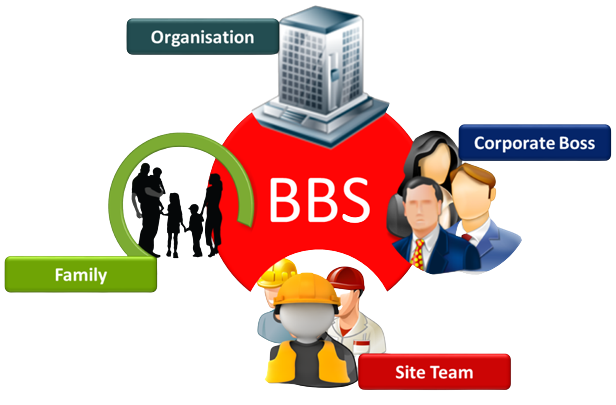The Importance of Safety Record-Keeping

Beyond Compliance: Unleashing the Potential of Behavior-Based Safety Training
May 25, 2024
How To Inspect and Use a Fire Extinguisher – The Safety Master
May 27, 2024Introduction
Safety record keeping is often an overlooked aspect of business operations, but its significance cannot be overstated. In this article, we’ll delve into the reasons why maintaining accurate safety records is crucial for any organization. From compliance with regulations to fostering a culture of safety, we’ll explore the multifaceted benefits of diligent safety record-keeping.
Understanding Safety Record Keeping
What are Safety Records?
Safety records encompass documentation related to incidents, near misses, training, and equipment maintenance. These records provide a comprehensive overview of a company’s commitment to maintaining a safe working environment.
Compliance and Legal Obligations
The Regulatory Landscape
Navigating the complex web of safety regulations requires meticulous record-keeping practices. From OSHA to industry-specific guidelines, compliance is not just a legal necessity but a foundation for a secure workplace.
The Cost of Non-Compliance
Non-compliance can lead to hefty fines, legal troubles, and reputational damage. Safety records act as a shield against these potential pitfalls, ensuring your organization is on the right side of the law.
Fostering a Culture of Safety
Leading by Example
Management’s Role
A strong safety culture starts at the top. When leadership prioritizes safety record keeping, it sends a powerful message to employees that their well-being matters.
Employee Involvement
Reporting Incidents
Encouraging employees to actively participate in safety reporting fosters a sense of shared responsibility. Well-documented safety records empower employees to speak up about potential hazards without fear of reprisal.
Improving Incident Response
Learning from Incidents
Root Cause Analysis
Safety records serve as invaluable tools for conducting root cause analyses. Understanding the factors contributing to incidents enables organizations to implement targeted preventive measures.
Continuous Improvement
Adapting Strategies
Safety record keeping is not just about compliance; it’s a tool for continuous improvement. Regularly reviewing records allows organizations to identify patterns and adapt safety strategies accordingly.
Leveraging Technology for Efficiency
Digital Safety Solutions
Streamlining Record Keeping
In the digital age, leveraging safety management software can streamline record-keeping processes. Automation reduces the risk of human error and ensures real-time accessibility of crucial data.
Conclusion
In conclusion, the importance of safety record keeping cannot be overstated. It goes beyond regulatory compliance, extending into the core of a company’s culture and incident response strategies. Prioritizing safety records is an investment in the well-being of employees and the long-term success of the organization.




